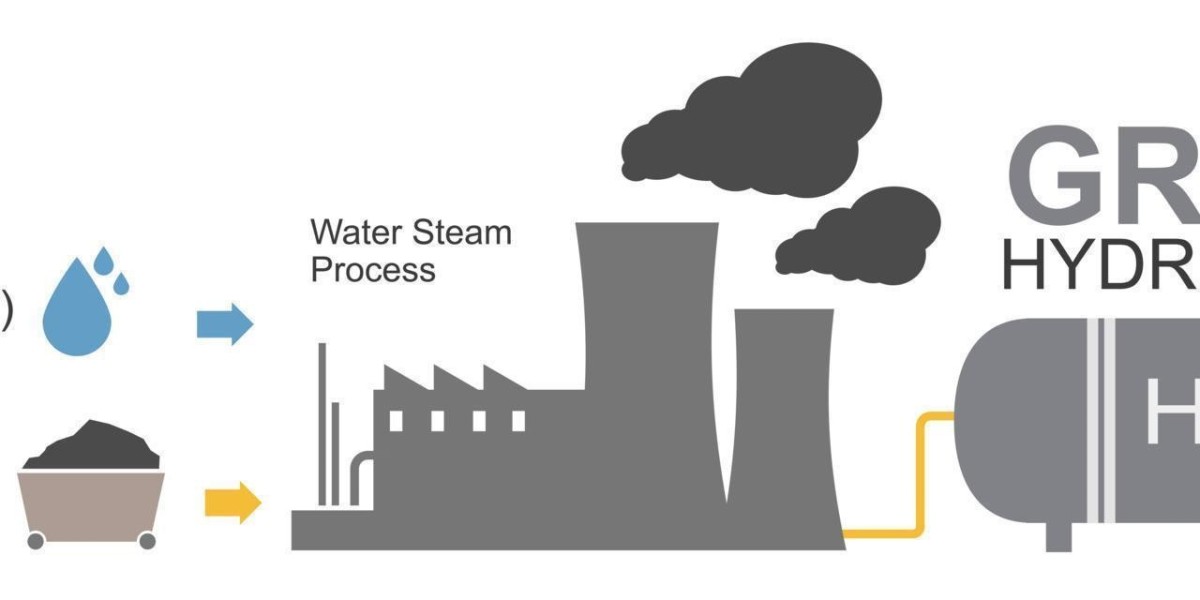1. Introduction
In the digital age, content is king. However, not all content is created equal. Low-quality content can negatively impact your website's SEO and user experience, leading to decreased traffic and engagement. This blog explores how to identify and improve low-quality content, ultimately enhancing your website's performance and visibility.

2. Understanding Low-Quality Content
2.1 What Constitutes Low-Quality Content?
Low-quality content typically lacks depth, relevance, and accuracy. Common characteristics include:
- Thin content with minimal information.
- Duplicate or plagiarised material.
- Poor grammar and spelling.
- Lack of original insight or value.
2.2 Why Low-Quality Content Harms SEO
Search engines prioritise high-quality content. Low-quality material can result in:
- Lower search rankings.
- Higher bounce rates.
- Reduced dwell time.
- Negative user feedback.
3. Assessing Your Current Content
3.1 Tools for Content Assessment
To improve your website, start with a thorough assessment of existing content. Tools that can help include:
- Google Analytics: Evaluate traffic and engagement metrics.
- SEMrush: Identify SEO issues and opportunities.
- Yoast SEO: Check on-page SEO for individual pages.
3.2 Key Metrics to Consider
When assessing content, focus on:
- Bounce Rate: A high bounce rate indicates that users leave your site quickly.
- Average Time on Page: More time suggests engaging content.
- Organic Traffic: Check if your content is attracting visitors through search engines.
4. Strategies to Improve Low-Quality Content
4.1 Conducting a Content Audit
A content audit helps identify low-quality pieces. Follow these steps:
- Inventory All Content: List all pages and posts on your website.
- Evaluate Performance: Use analytics tools to gauge performance.
- Categorise Content: Classify content as high, medium, or low quality.
4.2 Enhancing Content Quality
Improving content quality involves:
- Adding Depth: Expand on topics with comprehensive information.
- Incorporating Visuals: Use images, infographics, and videos to make content engaging.
- Using Clear Language: Ensure clarity and readability.
4.3 Updating Outdated Information
Outdated content can mislead readers. Regularly update information on:
- Industry trends.
- Statistics and data.
- Product and service details.
4.4 Optimising for SEO
SEO is crucial for content visibility. Ensure your content is optimised by:
- Using Keywords Strategically: Incorporate primary and secondary keywords naturally.
- Crafting Meta Descriptions: Write compelling meta descriptions that encourage clicks.
- Internal Linking: Link to other relevant content on your site.
5. Creating High-Quality Content
5.1 Understanding Your Audience
High-quality content begins with understanding your target audience. Consider:
- Demographics: Age, gender, location, and interests.
- Pain Points: What challenges does your audience face?
- Content Preferences: What formats do they prefer—blogs, videos, podcasts?
5.2 Crafting Engaging Headlines
An engaging headline captures attention. Tips for crafting effective headlines:
- Be Clear and Concise: Avoid jargon and keep it simple.
- Use Numbers: Listicles often attract more clicks.
- Create Intrigue: Pose questions or offer solutions.
5.3 Structuring Content Effectively
Proper structure enhances readability. Use:
- Headings and Subheadings: Break content into sections for easier navigation.
- Bullet Points and Lists: Present information succinctly.
- Short Paragraphs: Keep paragraphs concise to maintain reader interest.
6. Content Marketing Strategies
6.1 Promoting Quality Content
Even the best content needs promotion. Strategies include:
- Email Marketing: Share your content with subscribers.
- Guest Blogging: Write for other sites to reach a wider audience.
- Social Media Marketing: Share posts on platforms where your audience is active.
6.2 Leveraging Social Media
Social media is a powerful tool for content distribution. Best practices include:
- Consistent Posting: Regularly share updates to keep your audience engaged.
- Engaging with Followers: Respond to comments and messages to build a community.
- Using Hashtags: Increase visibility with relevant hashtags.
6.3 Building Backlinks
Backlinks from reputable sites improve SEO. Strategies to build backlinks:
- Outreach: Connect with influencers and bloggers in your niche.
- Quality Guest Posts: Write high-quality guest posts for authority sites.
- Creating Shareable Content: Infographics and research studies are often shared.
7. Measuring Success
7.1 Analysing Traffic and Engagement
After implementing changes, measure success by:
- Tracking Traffic Changes: Use Google Analytics to see if traffic increases.
- Engagement Metrics: Look at comments, shares, and likes to assess audience interaction.
7.2 Tools to Track Performance
Consider using:
- Google Search Console: Monitor your site’s search performance.
- Ahrefs: Check backlink profiles and keyword rankings.
- BuzzSumo: Discover how your content performs on social media.
8. Conclusion
Improving low-quality content is essential for enhancing your website’s SEO and user experience. By conducting thorough audits, enhancing content quality, and implementing effective marketing strategies, you can significantly boost your site’s performance. Remember, high-quality content is not just about quantity; it’s about delivering real value to your audience. For expert assistance in refining your content strategy, consider partnering with Growth Avengers.

Frequently Asked Questions
1. What is low-quality content?
Low-quality content is material that lacks depth, relevance, and accuracy. It may include thin articles, duplicate content, and poorly written pieces.
2. How does low-quality content affect SEO?
Low-quality content can lower your search rankings, increase bounce rates, and reduce user engagement, negatively impacting your website's visibility.
3. What tools can I use to assess my website's content?
Tools like Google Analytics, SEMrush, and Yoast SEO can help you evaluate the performance and quality of your content.
4. How can I improve the quality of my existing content?
You can improve content quality by adding depth, updating outdated information, optimising for SEO, and enhancing readability.
5. Why is content marketing important?
Content marketing is crucial for promoting high-quality content, building brand awareness, and driving organic traffic to your website.
By following the guidelines in this blog, you can effectively enhance your website's content and boost its overall performance.



